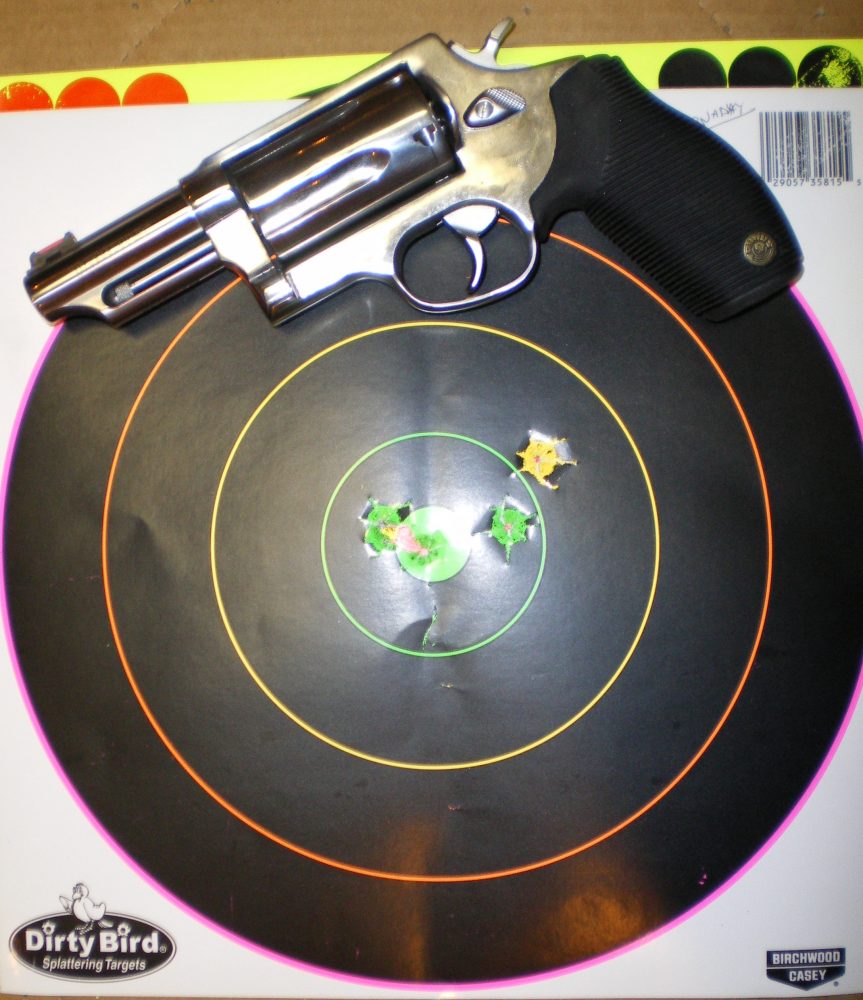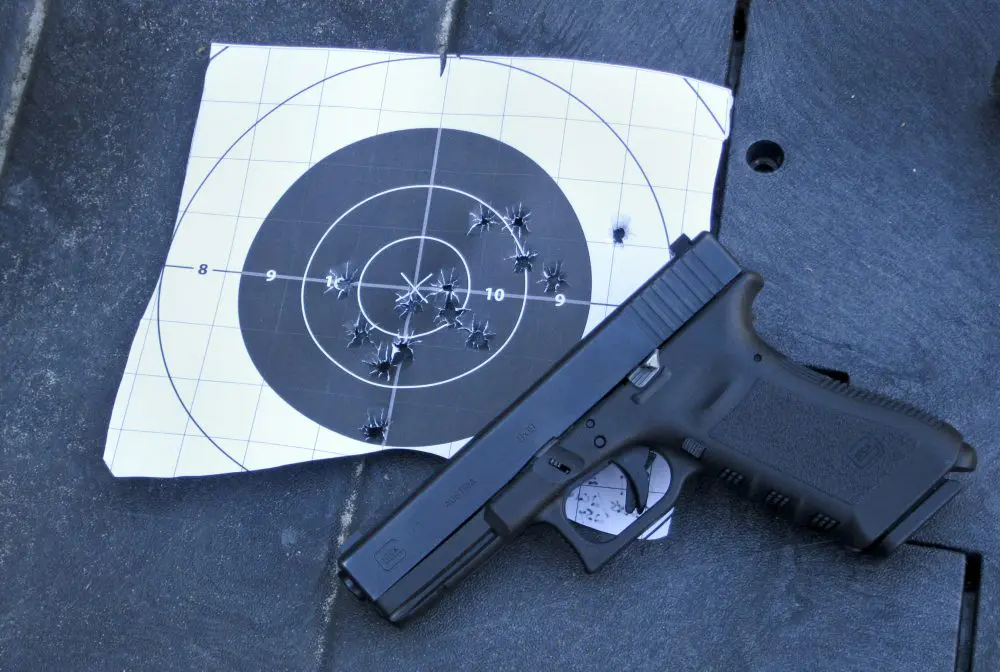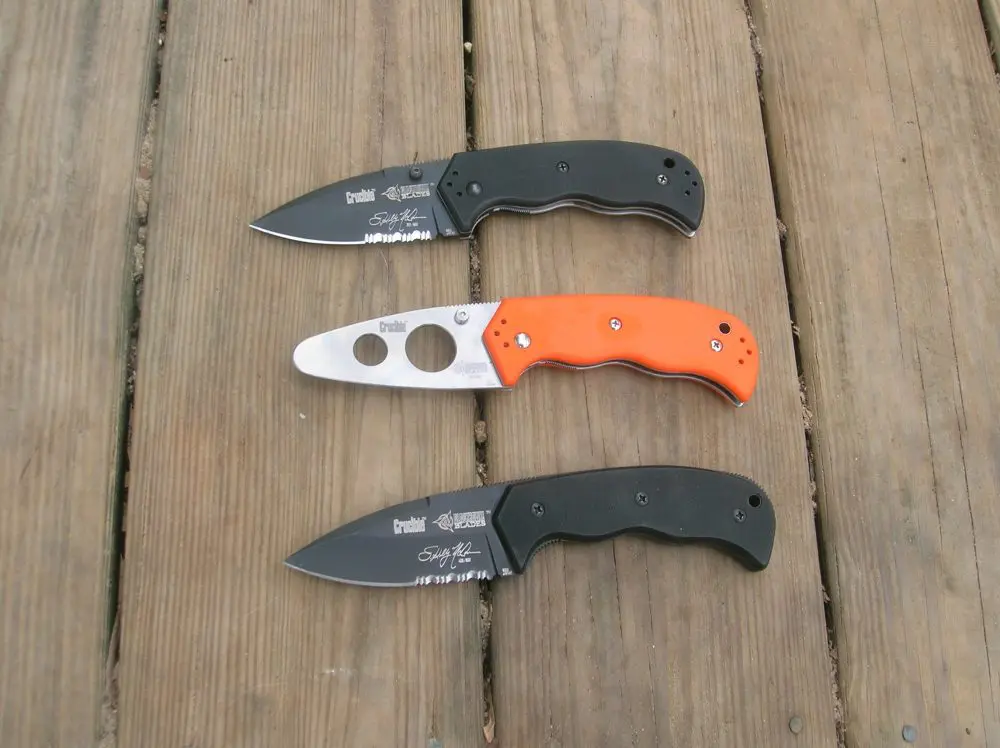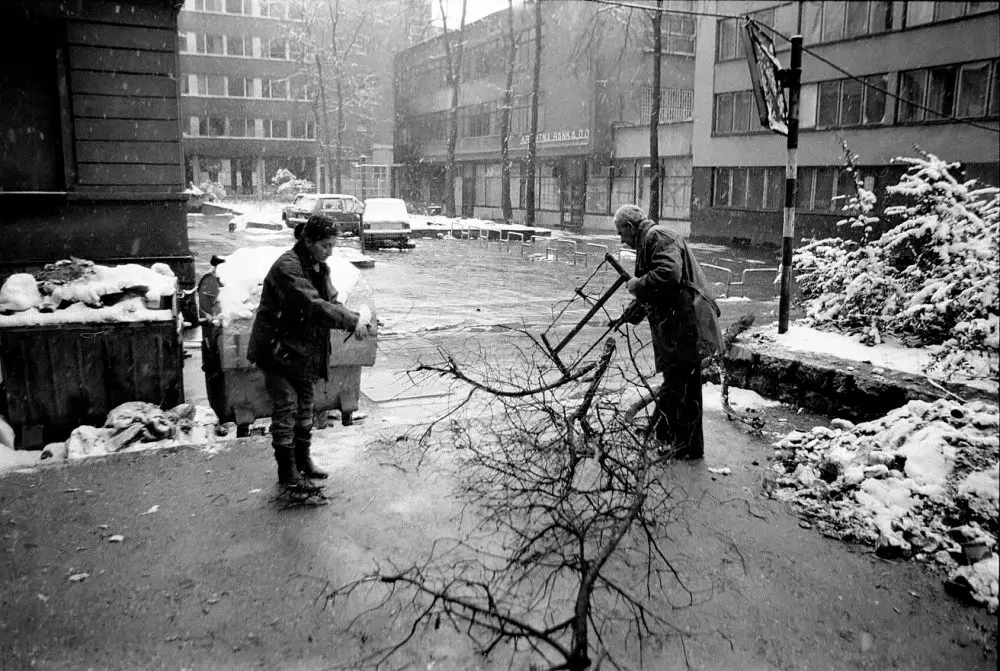One of the absolute rules of survival is “Don’t get lost!”
In my years of working with various professionals around the world it’s always amazed me that a lot of top-notch tactical folks can’t seem to find their way down an interstate highway without using a GPS or OnStar. They train their butts off on the range, attend every shooting class imaginable and buy thousands of dollars of “cool guy” tactical gear, expend minimal effort learning the basics of navigation.
Map and compass are as important to your tactical skill sets as a good battle rifle.
In the field, you need to know how to navigate as a solitary operator. If the other members of your team are dead, injured, or otherwise unavailable you must be able to orient a map, triangulate your location, and understand how to move from your present location to a target point. Otherwise, you’re a sitting duck and a liability to mission accomplishment.

In today’s world of electronic gizmos we’re all inclined to take the easy route. GPS systems and electronic wrist compasses are all nice gadgets, but they should never replace hard skills. Eventually the high-tech piece of electronic gear will crash in the field so being able to revert back to the “old way” is an absolute must. Sure, keep all your cool guy stuff, but also purchase a good compass and learn how to use it. The Brunton Eclipse and the Silva Ranger are my two top picks when it comes to land navigation compasses. Both of these are mirrored orienteering compasses with clear bases and declination adjustment for map work, and they even have good instructions and practice drills on the printed literature.
Unless you only want to know where north is all the time, you need a map to use with your compass. In today’s world of Internet access and roadside convenience stores there is no excuse not to have some sort of map on you when you travel into unknown territory. If you’re traveling in a remote area without access to topo maps, then carry a road map, state map, country map or anything that shows physical features and how they’re oriented to the rest of the world. Never go anywhere without knowing the general lay of the land and which cardinal direction (N,S,E,W) intersects a “safe zone” such as a main highway, river or other form of civilization. If you always know the gross cardinal direction to a safe zone then it’s pretty simple to walk a straight line with your compass. Although this may not be the shortest or easiest route, it’s better than walking in circles or getting yourself deeper into trouble.
Table of Contents
TRIANGULATING
With a decent map and compass you can also triangulate your position should you become lost. This is a fairly simple technique if you’re able to get a good view of the surrounding area. This is best done from a high point so you can see a wider area of the topography and identify significant landmarks.
Unknown urban areas should be treated the same as virgin wilderness when it comes to understanding how to navigate through the area.
Look around and find a prominent feature, such as a high mountain peak or large lake, then find it on your map by carefully studying the surrounding areas and comparing the oriented map (adjusted for true north) with actual topography. Don’t jump to rapid conclusions during this process, take your time and look at all details. Once you are sure of the feature’s map location, mark it with a pencil.

Now pick up your compass and point the bearing arrow on the compass base plate at the feature. Next, rotate the compass dial until the floating needle is boxed by the outlined arrow. Direction to the feature will be the degree marking that aligns with the bearing arrow on the base. Without further movement of the dial, lay the compass on the oriented map, allowing one of the long edges on the compass base to cross over the feature marked in pencil. Rotate the complete compass until the floating needle is boxed inside the outlined arrow. This should be done without moving the map, and always keeping the base edge over the pencil marked feature during the process. Once this step is complete, draw a line along the edge of the compass that will intersect the pencil marked feature. Your actual location is somewhere along that line. Do this two more times using different identifiable features and drawing a new line for each new bearing. The three lines on the map will cross to form a small triangular shaped area and if the process has been followed correctly and features properly identified, your location will be within that area. Now that you know where you are, you can pick a target location of where you want to be, take a bearing to that target and begin moving confidently in that direction.
THE MENTAL MAP
Even in urban areas it’s good to know cardinal directions at all times. Too many times we get consumed in the excitement of being somewhere new and probably couldn’t find our way back to our starting point if we had to. In unknown areas of the world always make a mental map as you travel from Point A to Point B—better yet, sketch a map as you travel. Pay attention to distinct landmarks as well as potential safe zones. Sometimes we forget we live in a 360-degree world and seem to get tunnel vision once we step outside of our comfort zone. It’s nice to do detailed observation in the direction we’re traveling but it’s also good to know what the scenery looks like behind us—just in case we have to make a hasty retreat.
While print space limits us from going into depth on land navigation training, the most important thing to emphasize is: there is no excuse for not knowing where you are at every waking moment of your life. I even make a mental note of which mile marker I’m at as I travel down the interstate in my home state, just in case something happens and I need to contact emergency personnel on my cell phone. Knowing where you are at all times may make the difference in whether or not you receive timely medical care, whether or not a kidnapper successfully nabs you in a foreign country or whether or not you have to spend a cold night in the wilds because you got disoriented tracking a deer’s blood trail.
Shooting and tactical skills are a great way to train the mind and body, but may become useless in the real world unless you have the skills to move and navigate when those “foolproof” plans go down the toilet.
SOURCES:
Brunton
Dept. S.W.A.T.
620 East Monroe Avenue
Riverton, WY 82501
(307) 856-6559
www.brunton.com
Johnson Outdoors (Silva Compass)
Dept. S.W.A.T.
625 Conklin Dr.
Binghamton, NY 13903
(800) 572-8822
www.silvacompass.com








